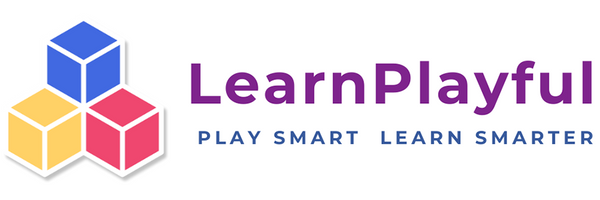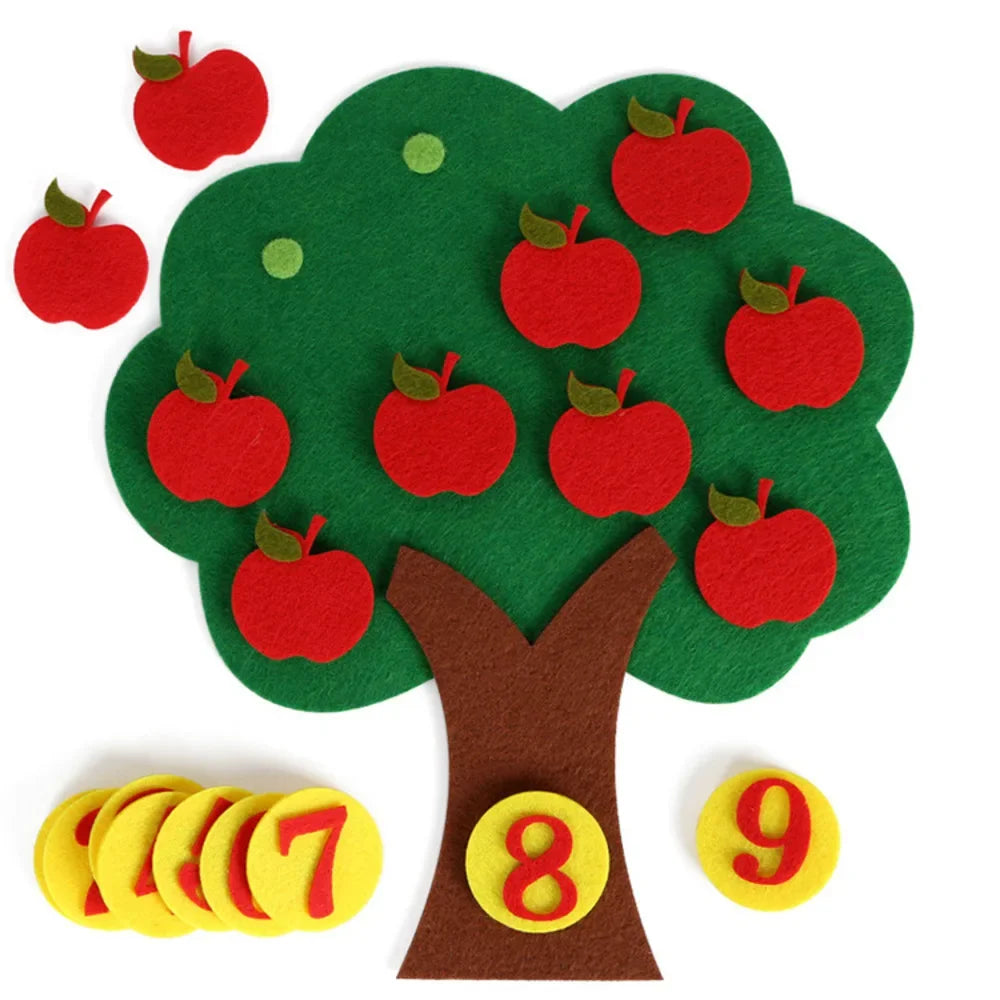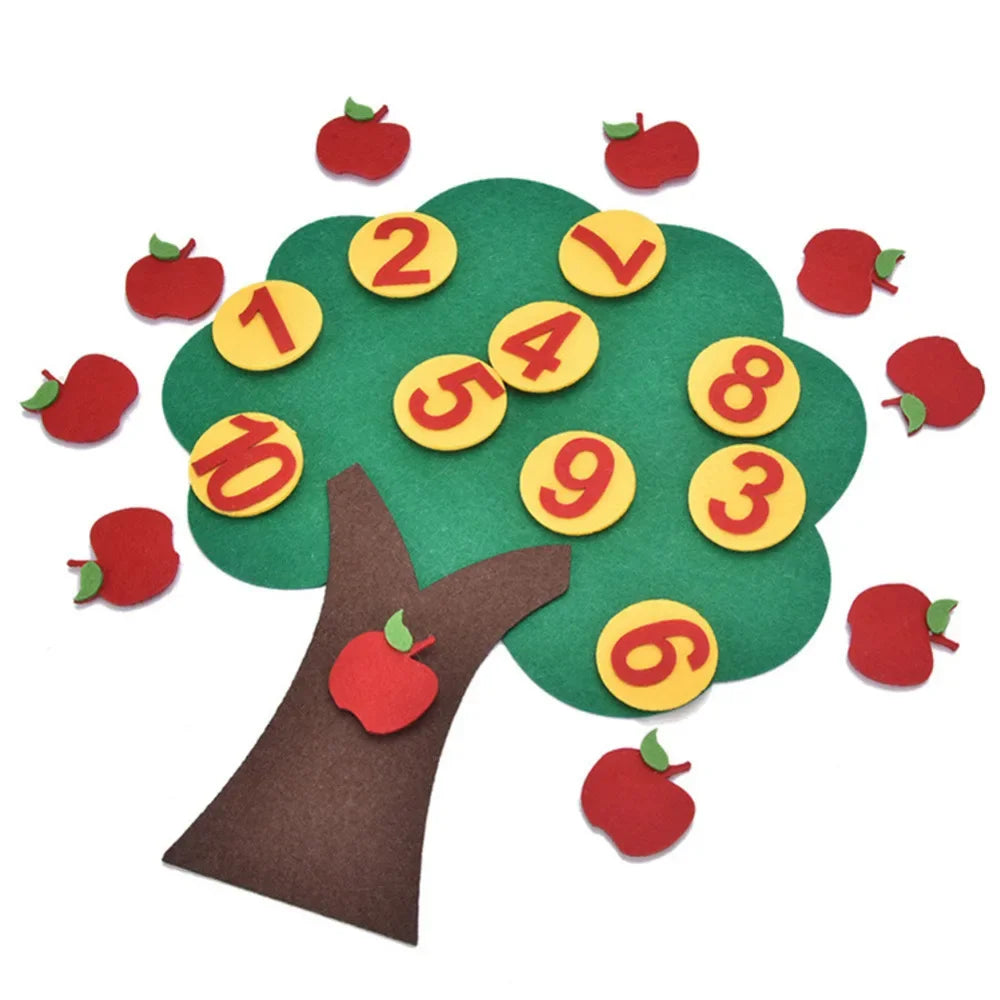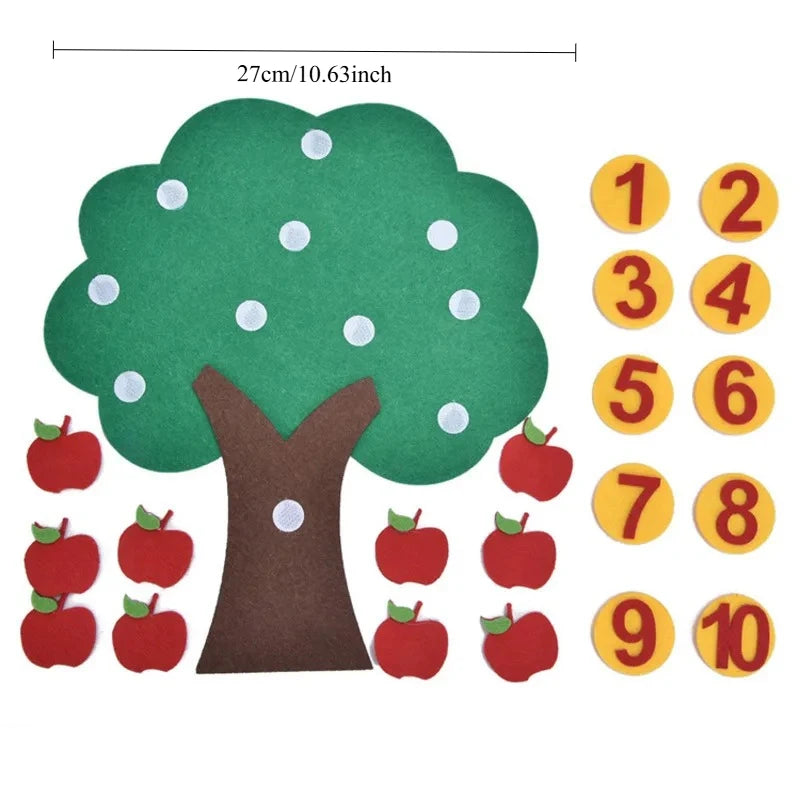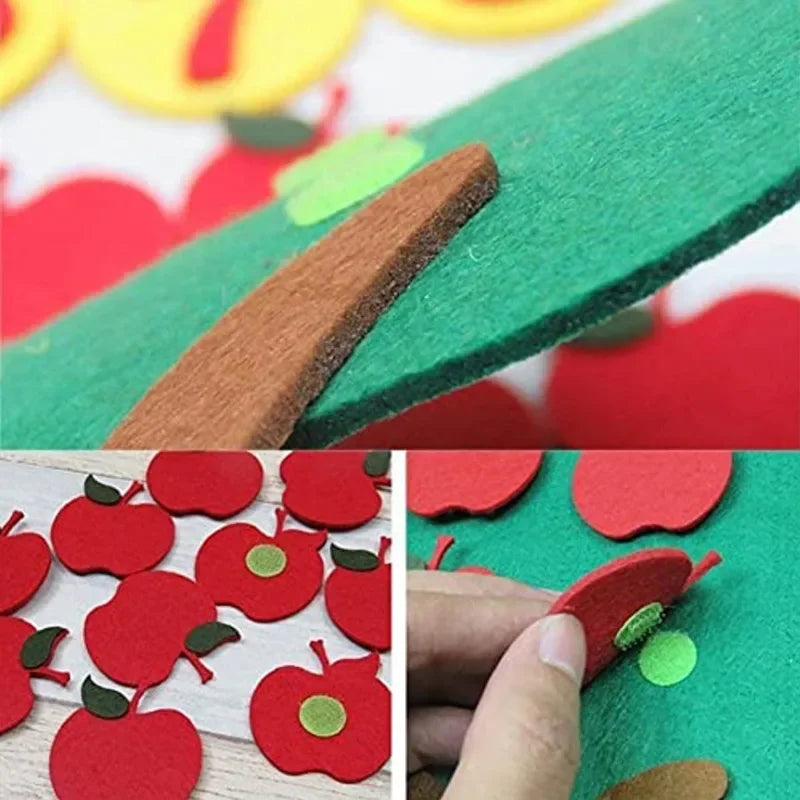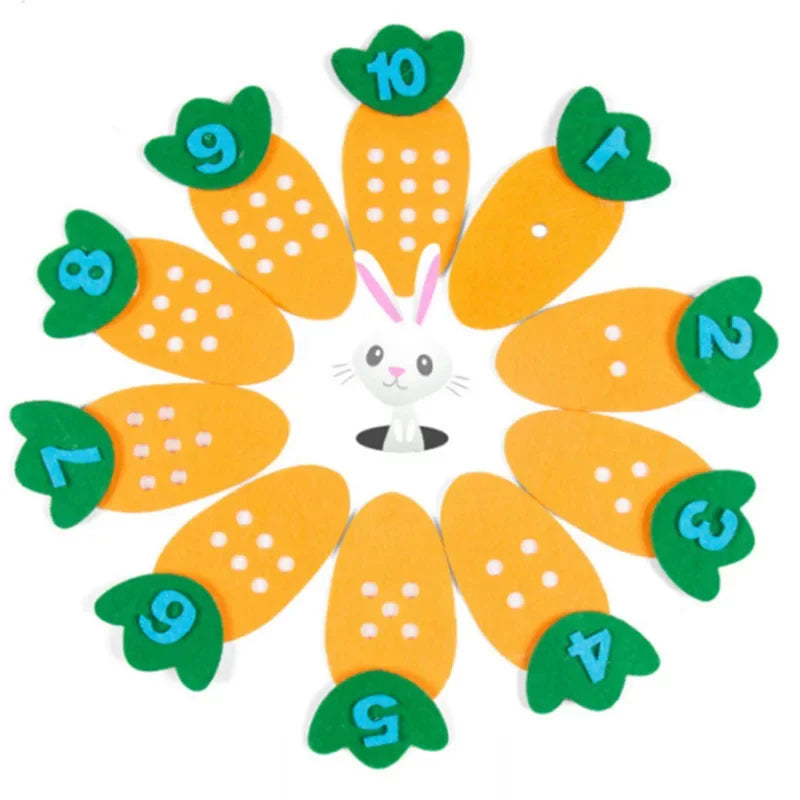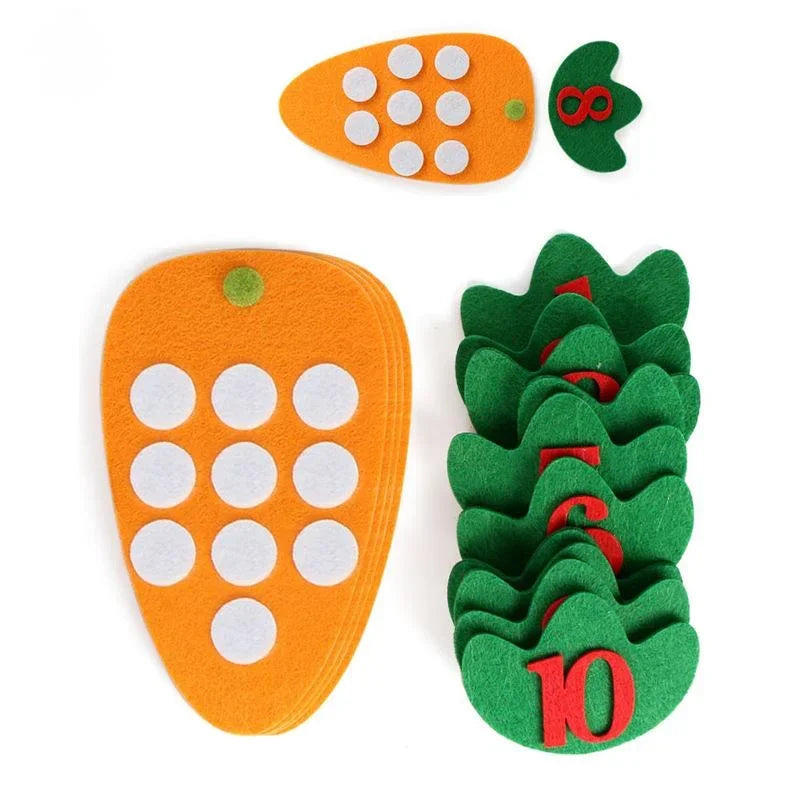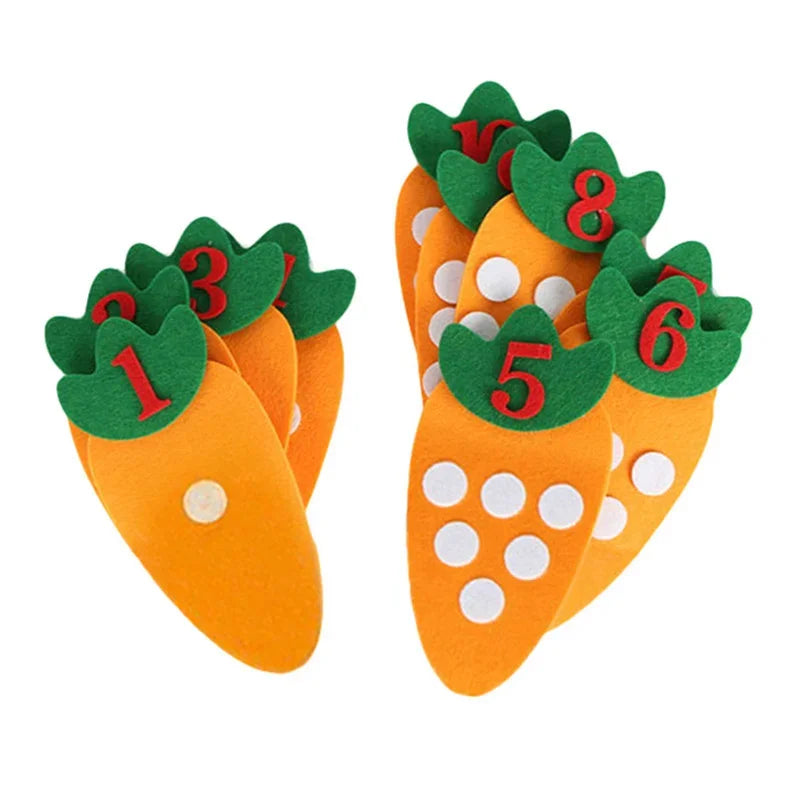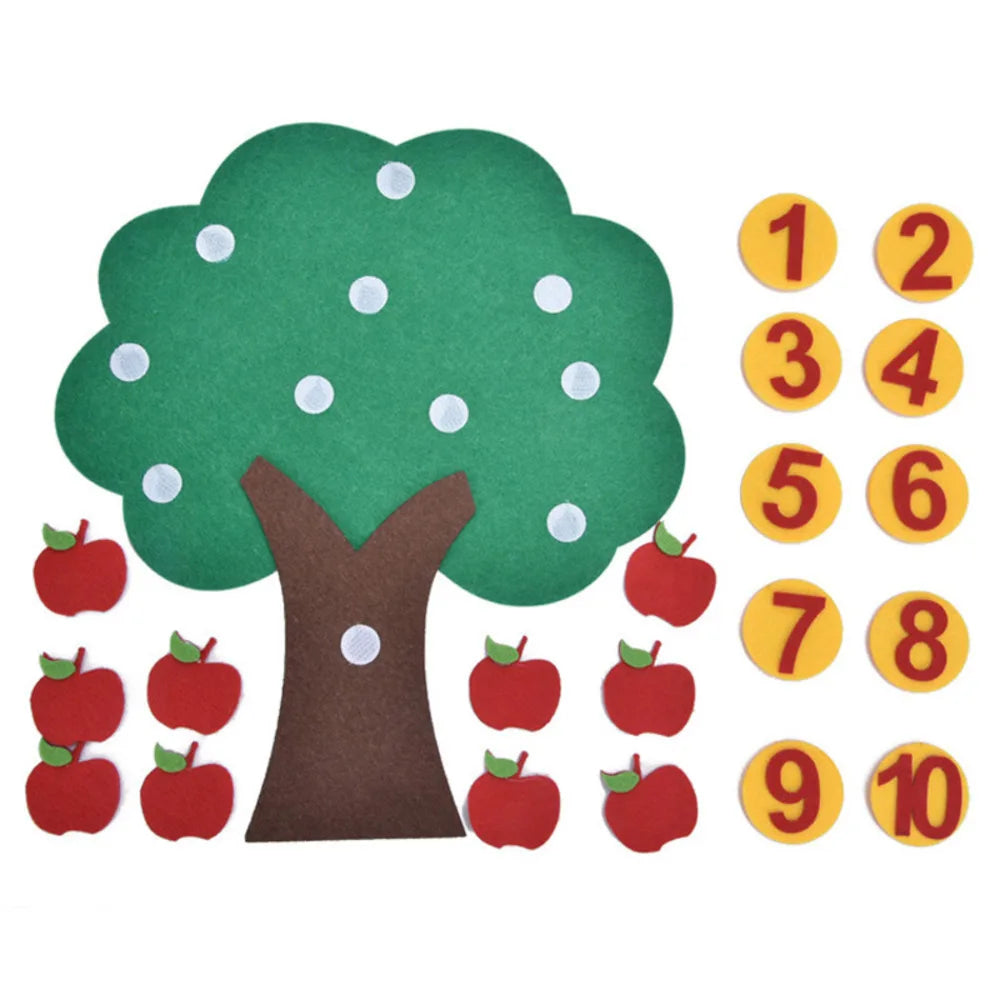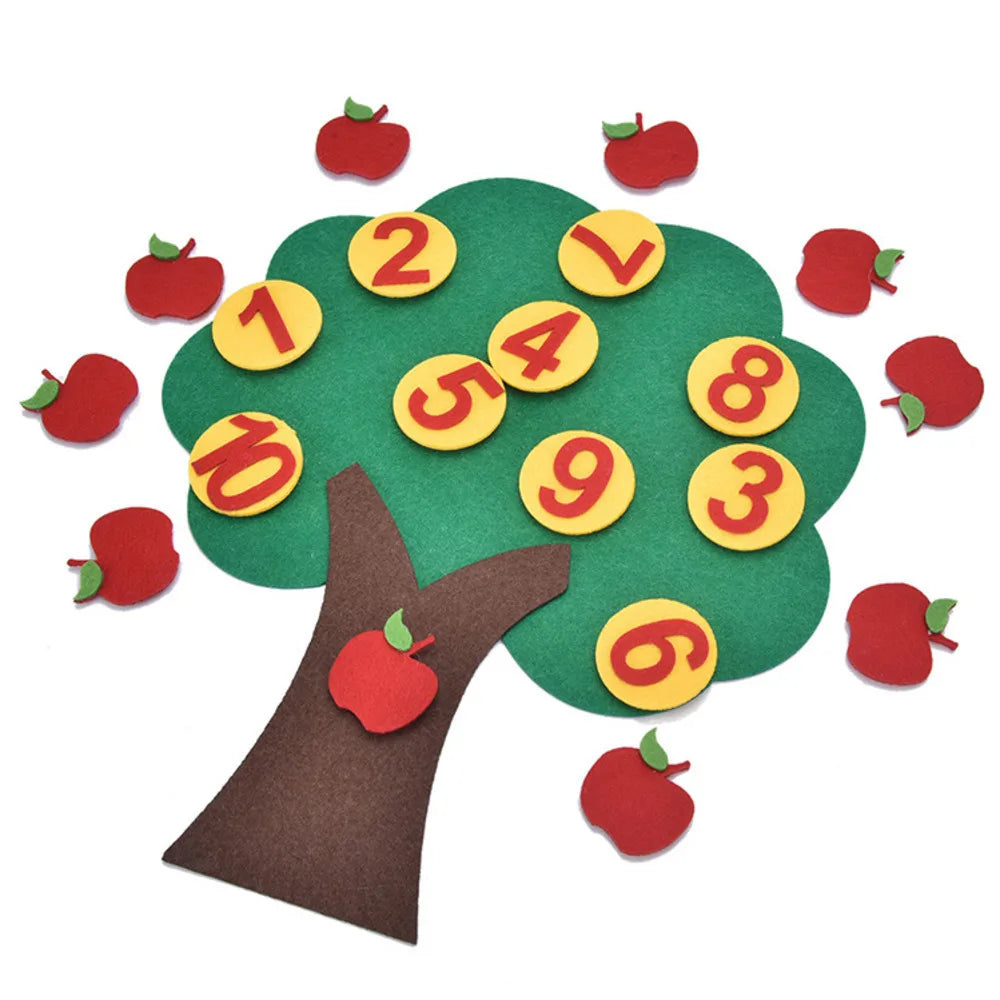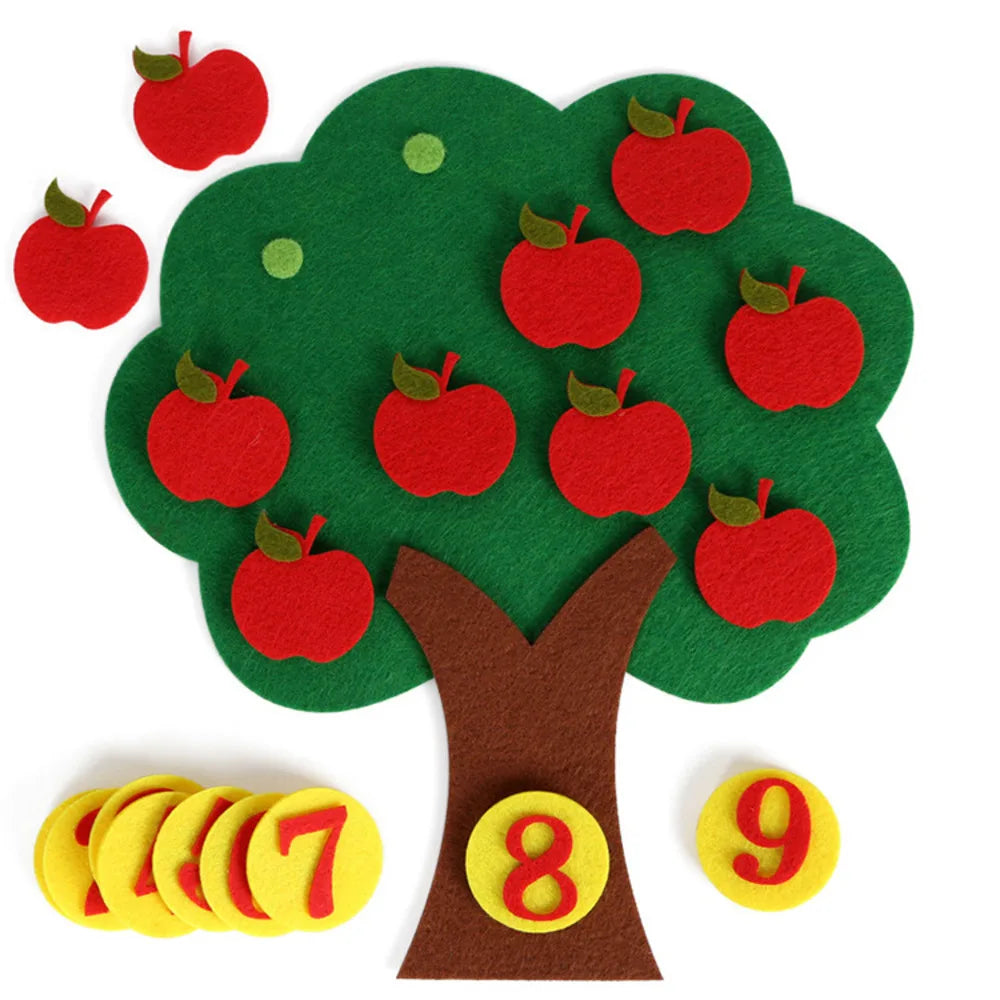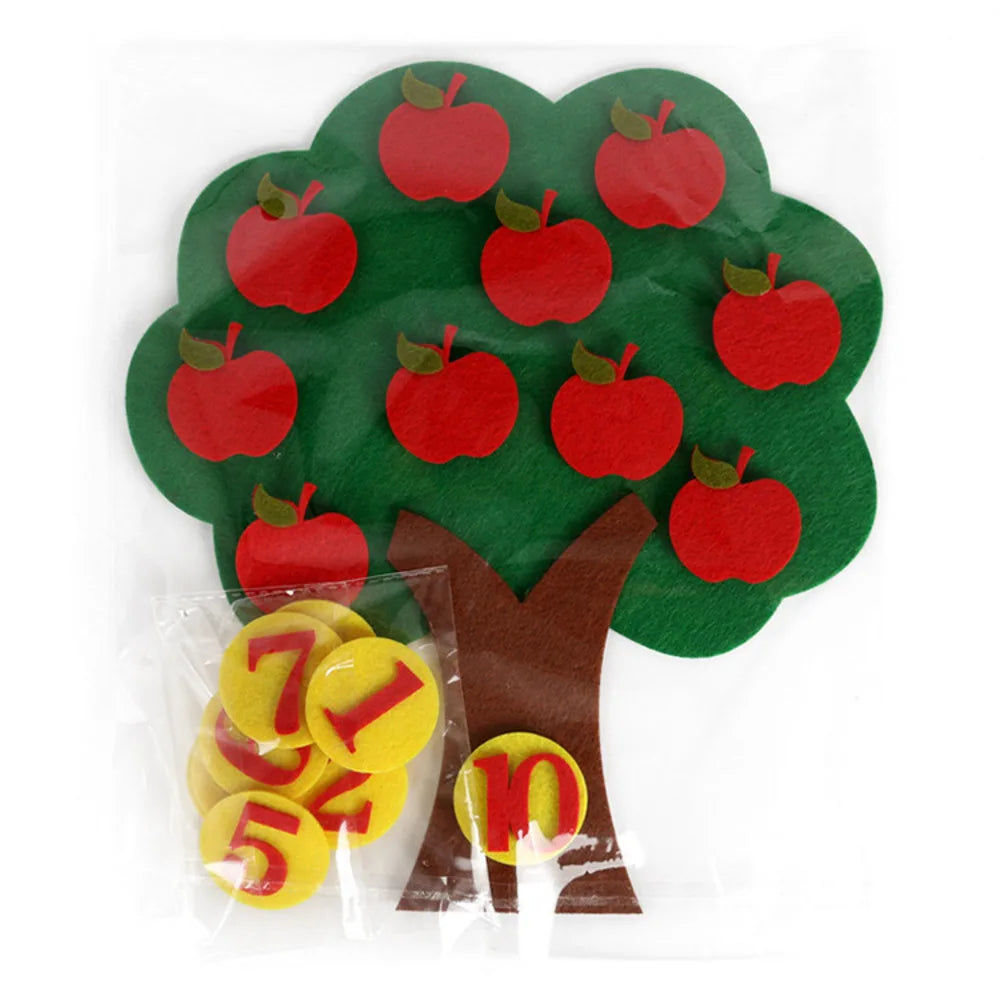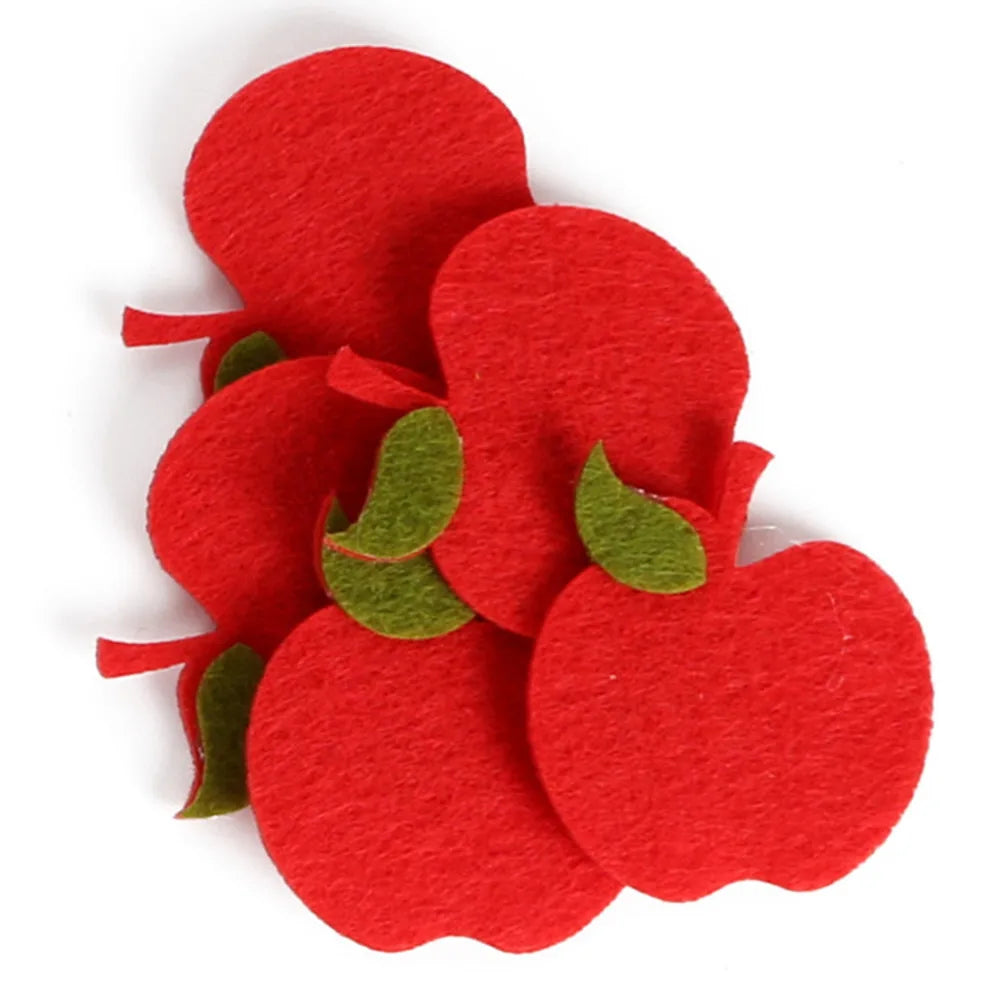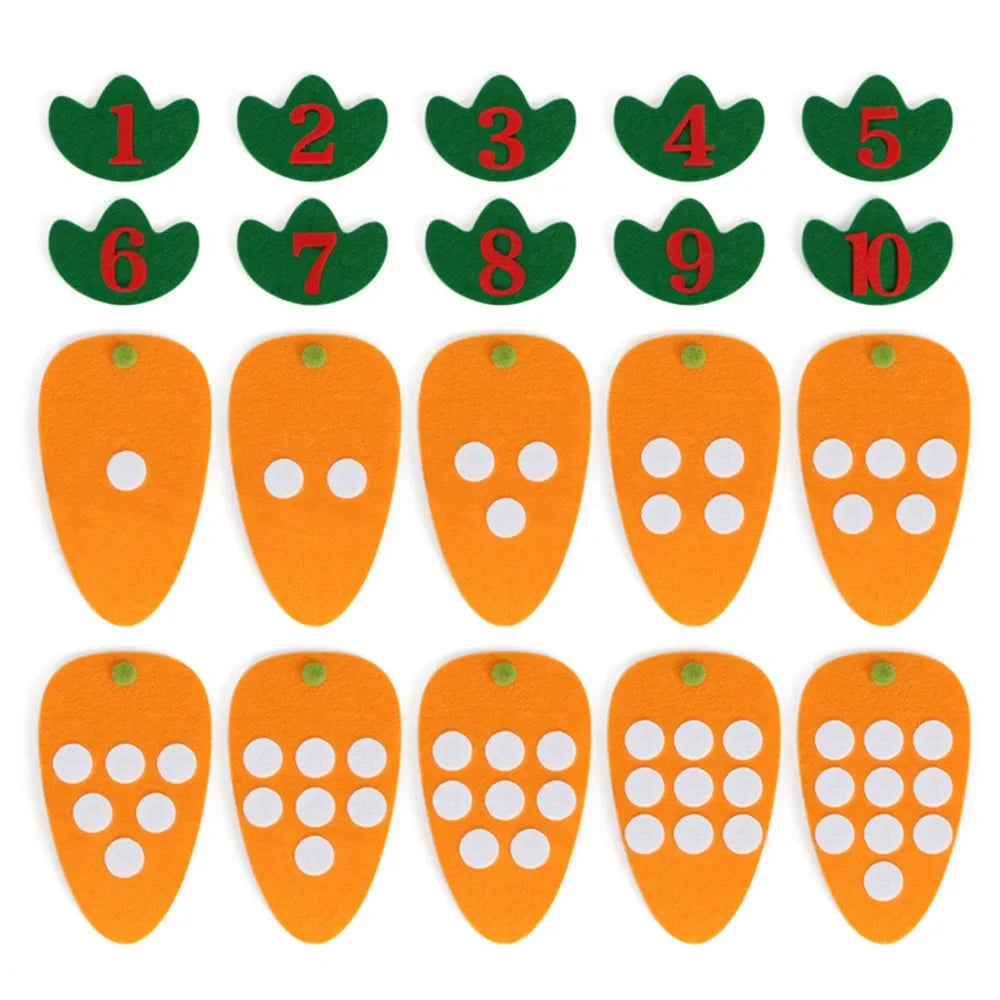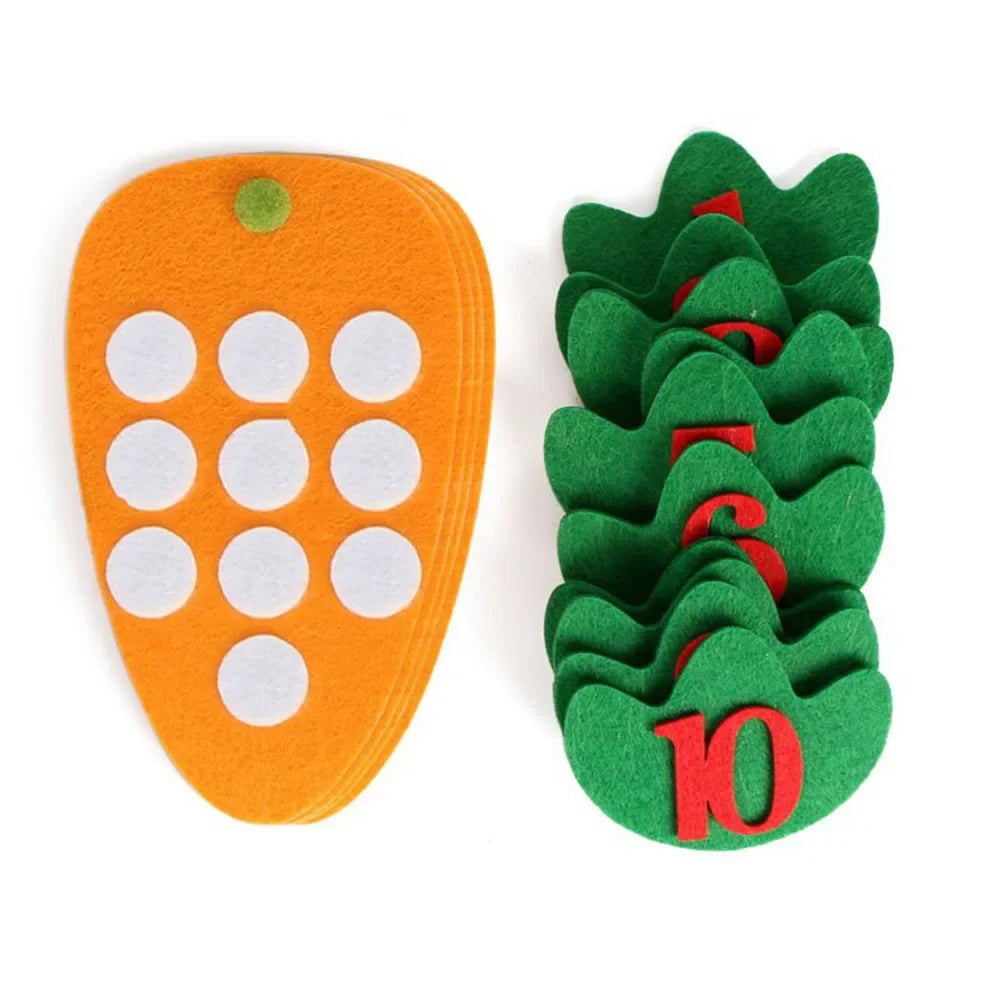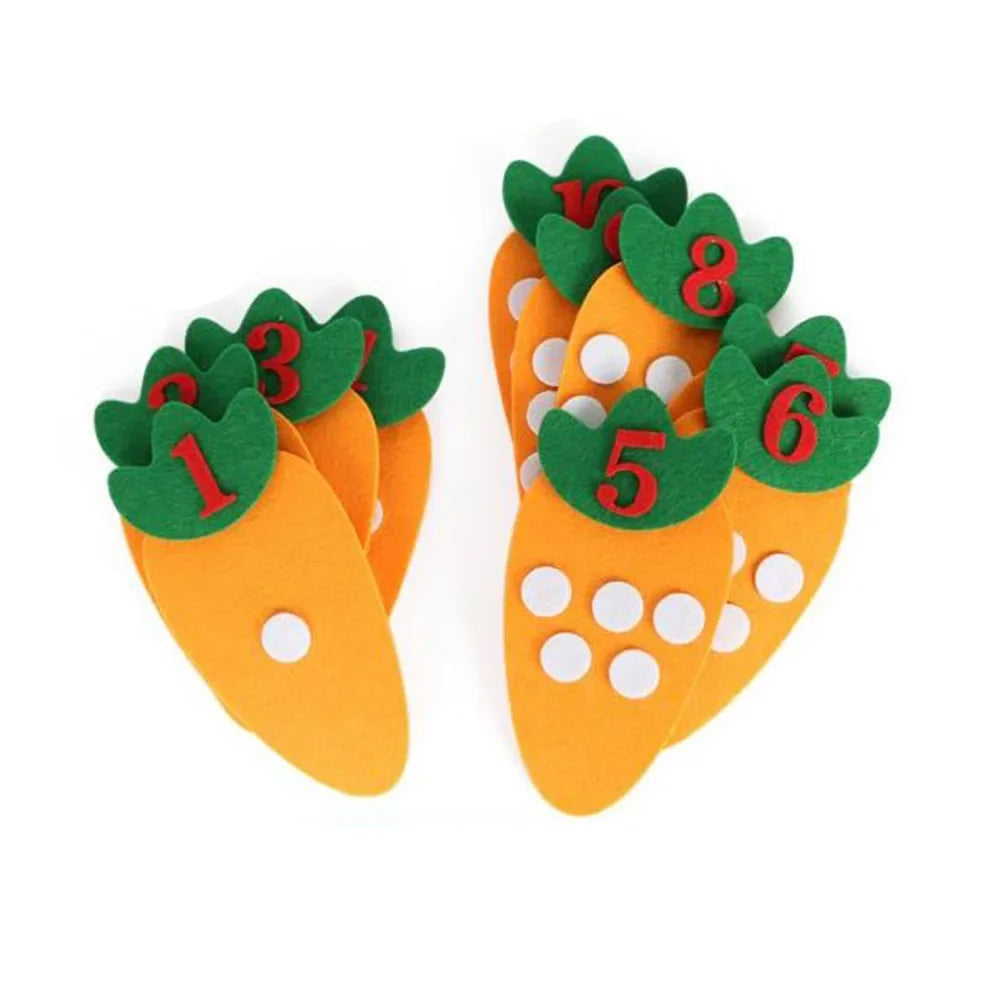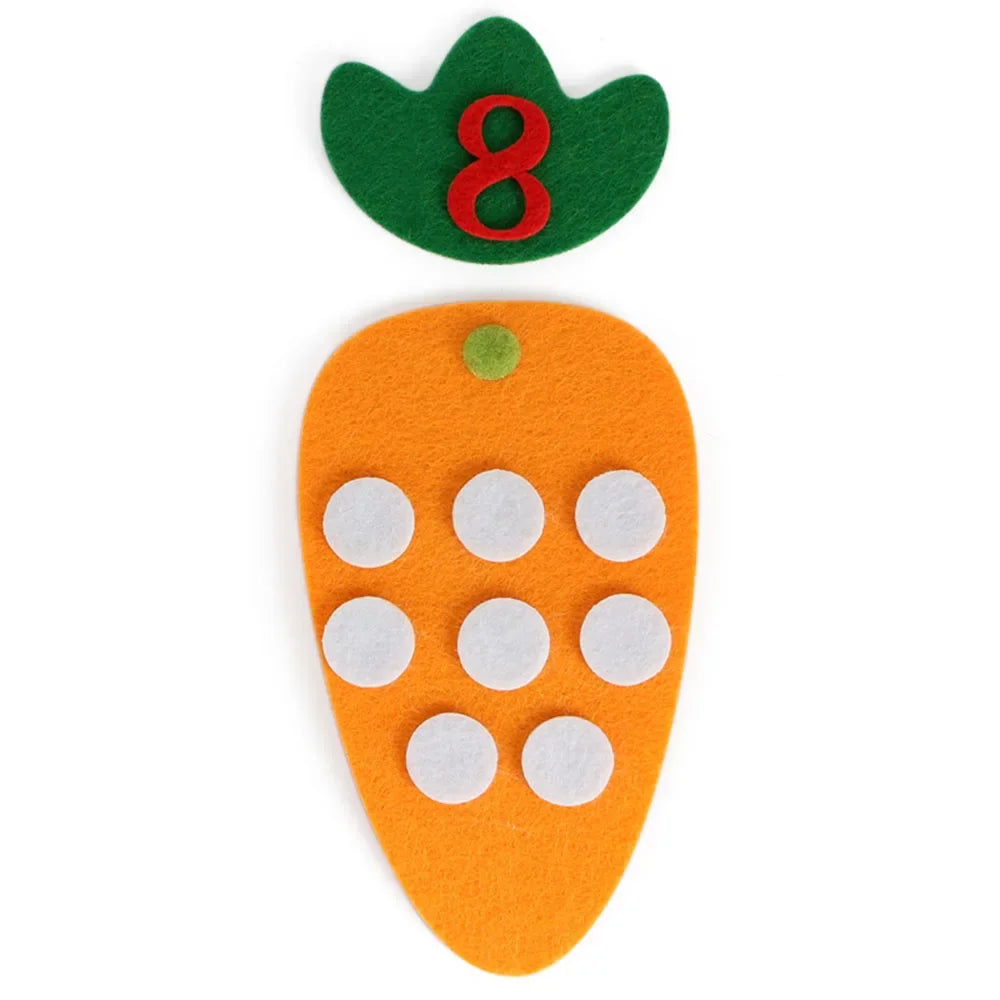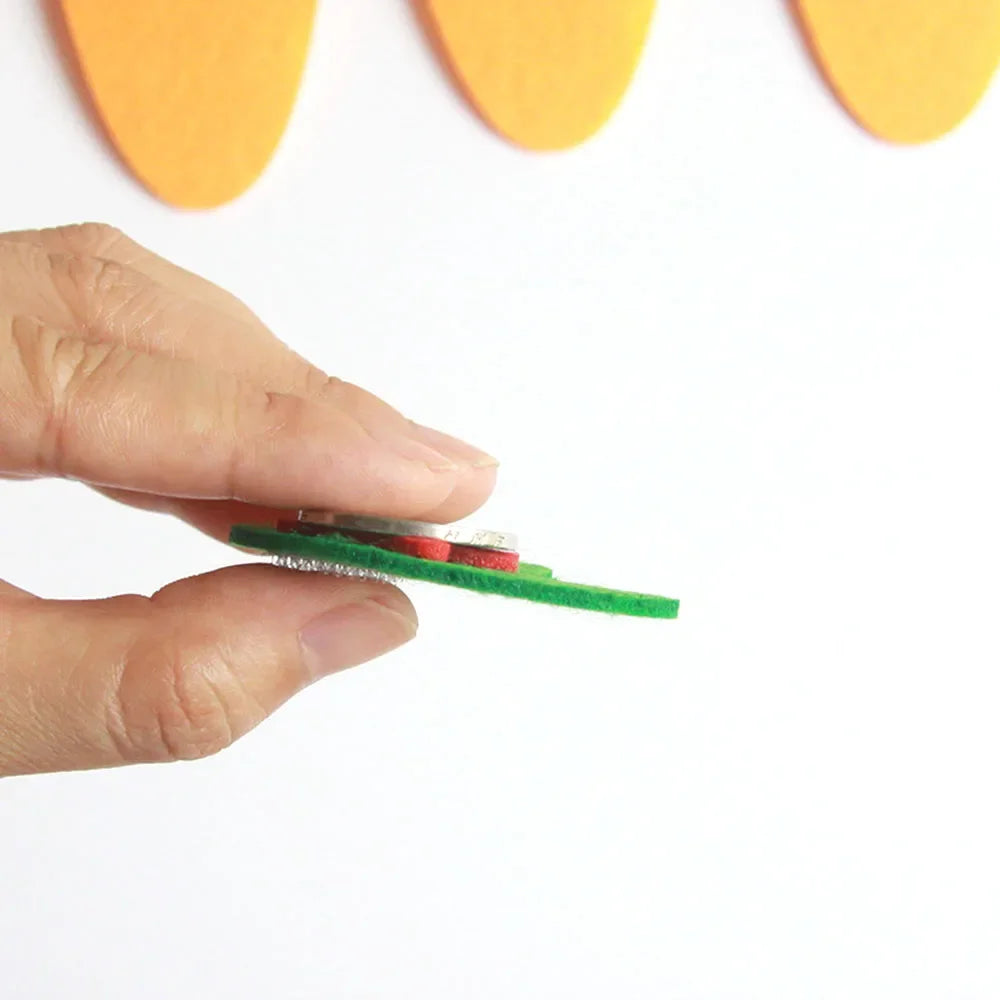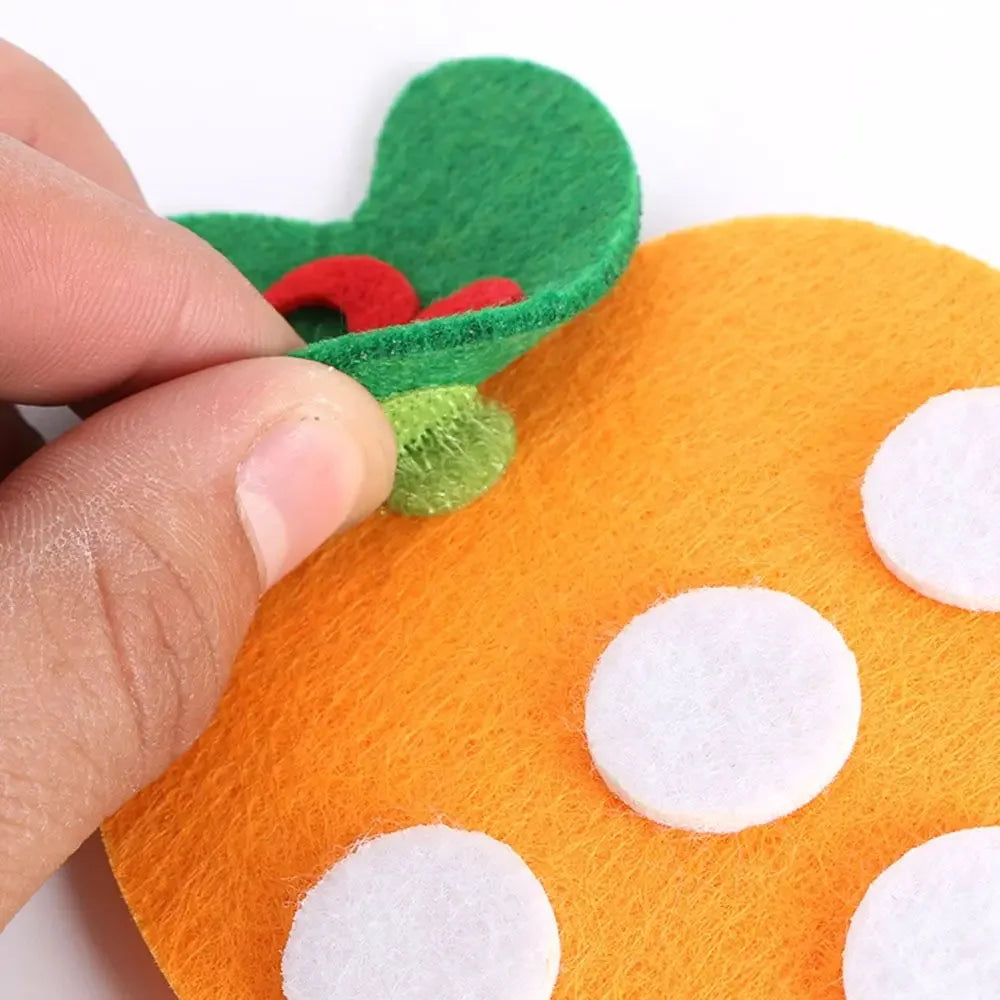Montessori Wooden Math Learning Toy
Montessori Wooden Math Learning Toy
Safe wooden design for toddlers
Perfect for ages 2-6 learning
Encourages focus and problem solving
Durable toy for preschool classrooms
✅ 30-Day Return Guarantee
🔒 Secure Payment via PayPal
Couldn't load pickup availability
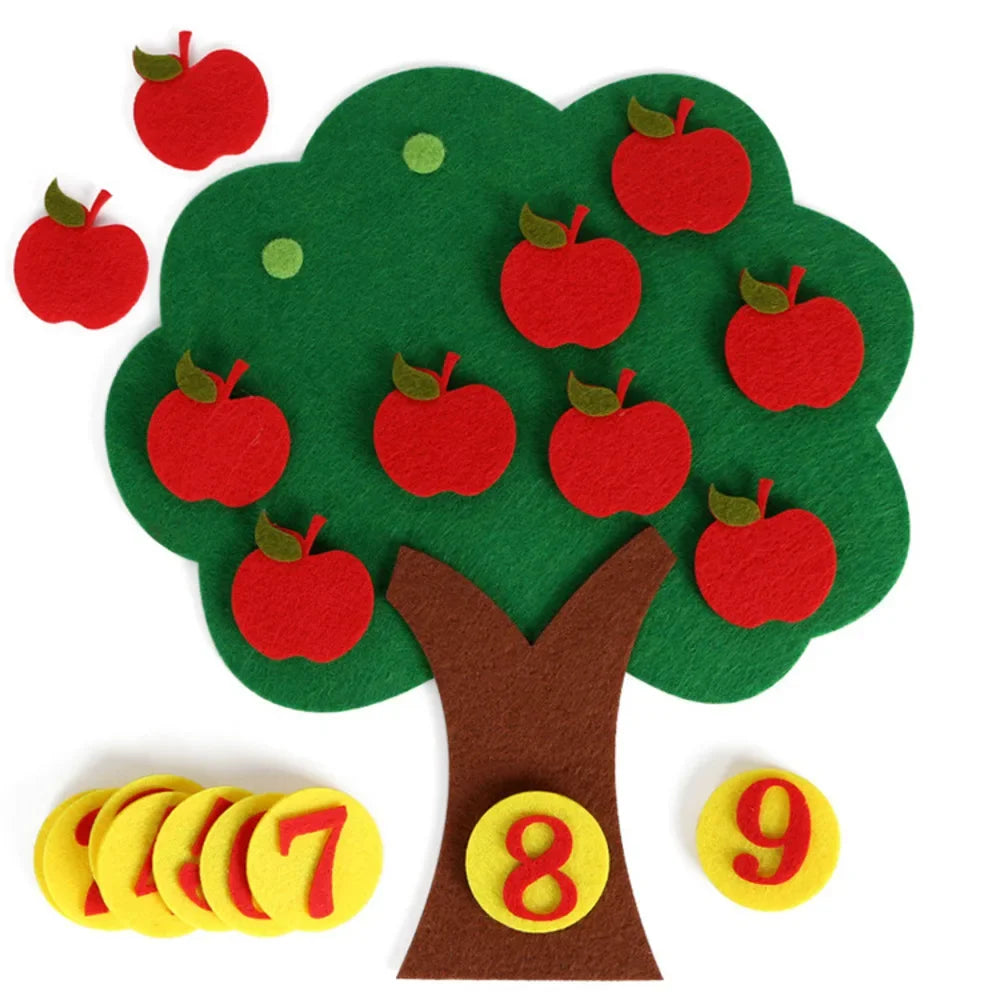
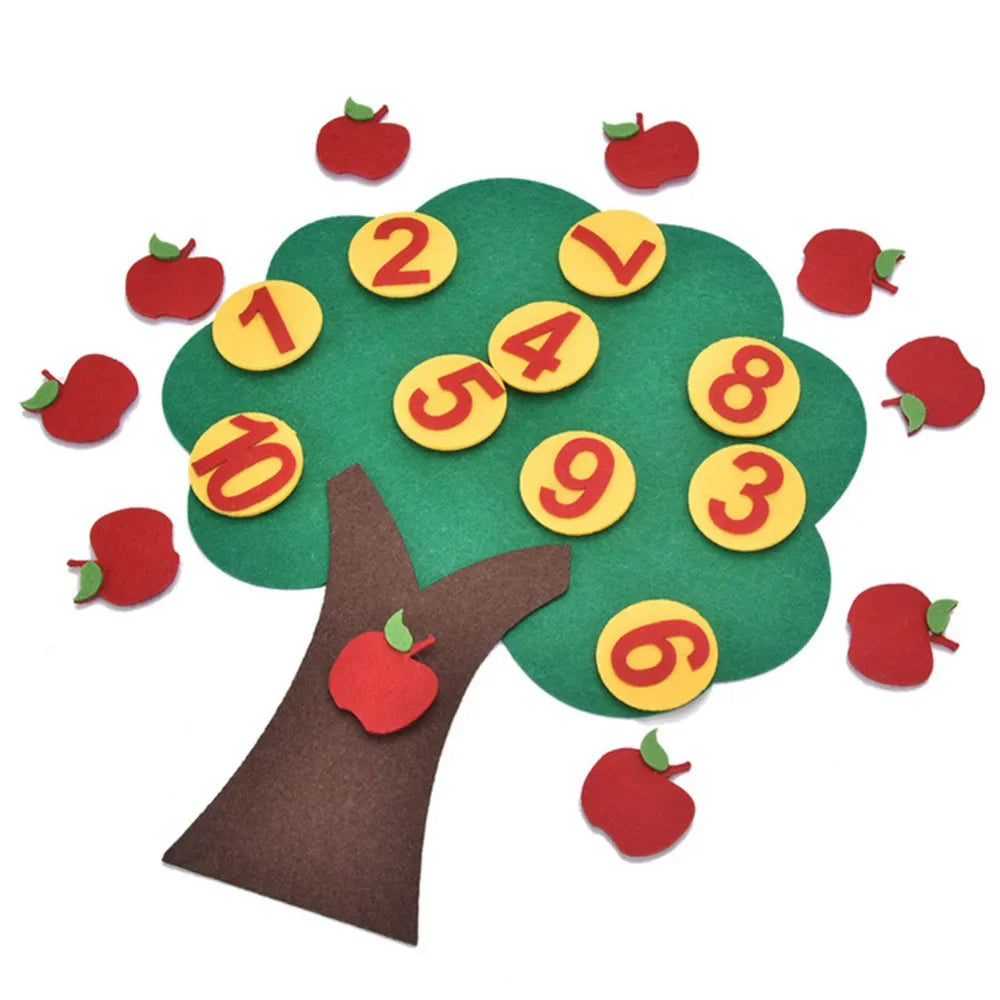
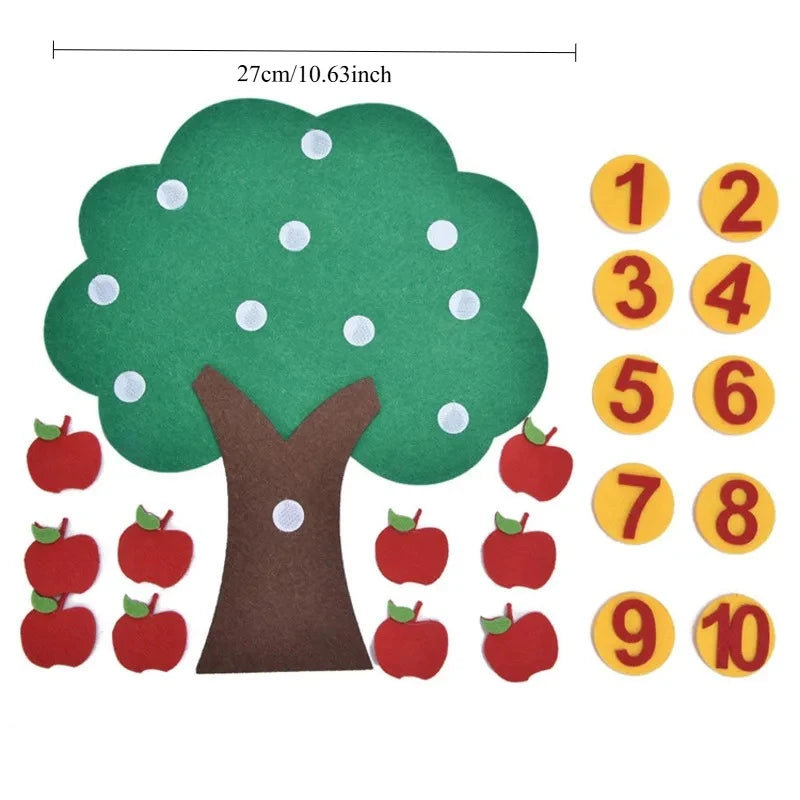
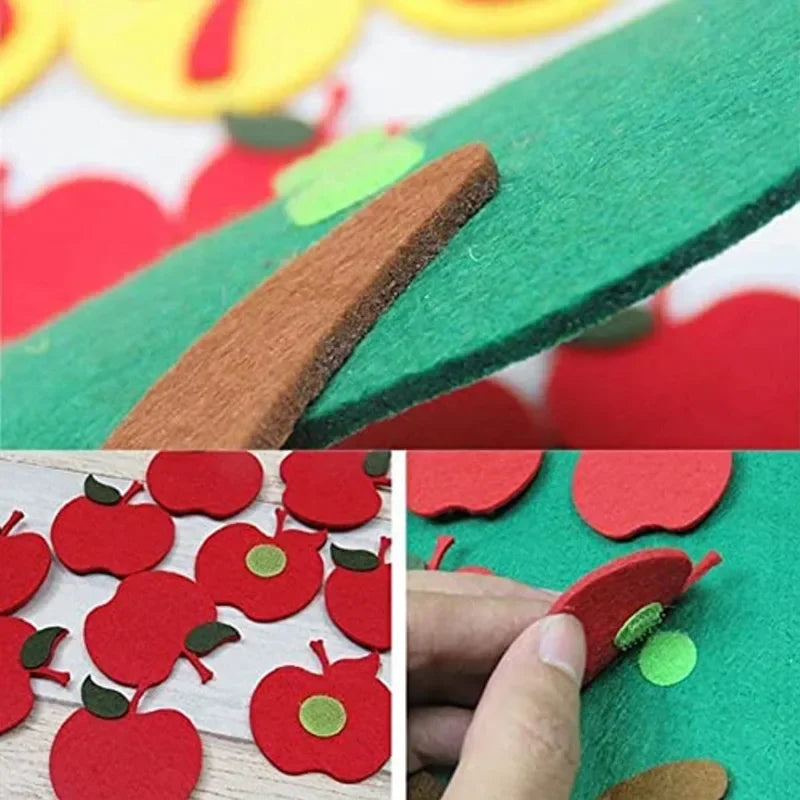
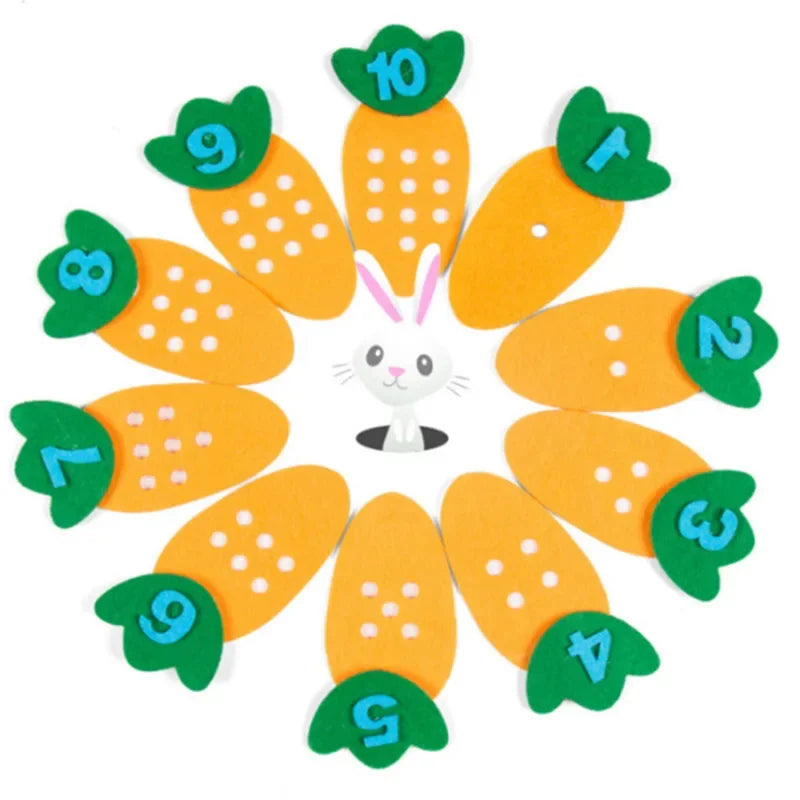
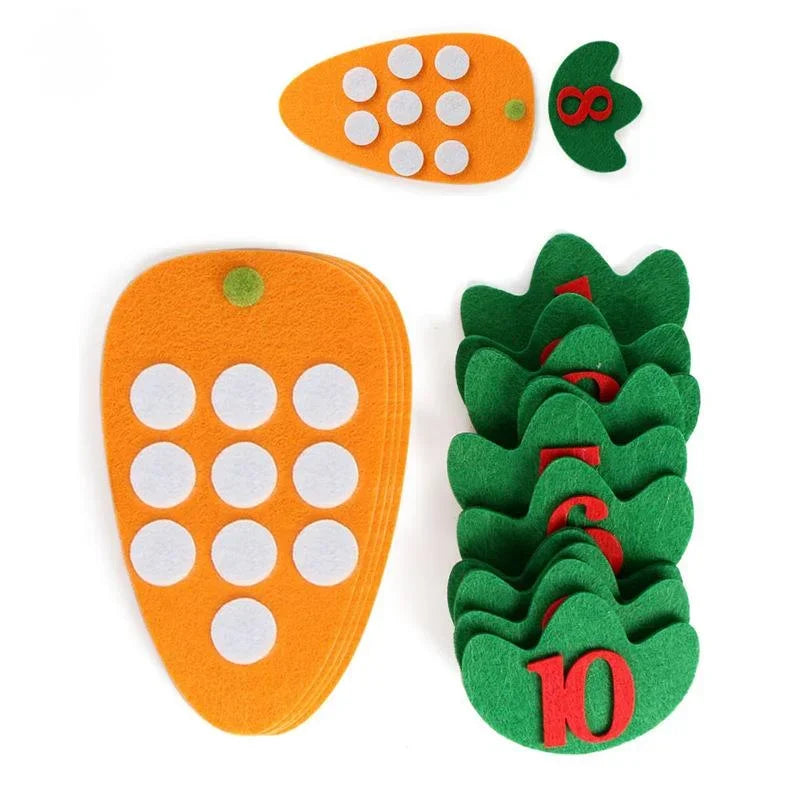
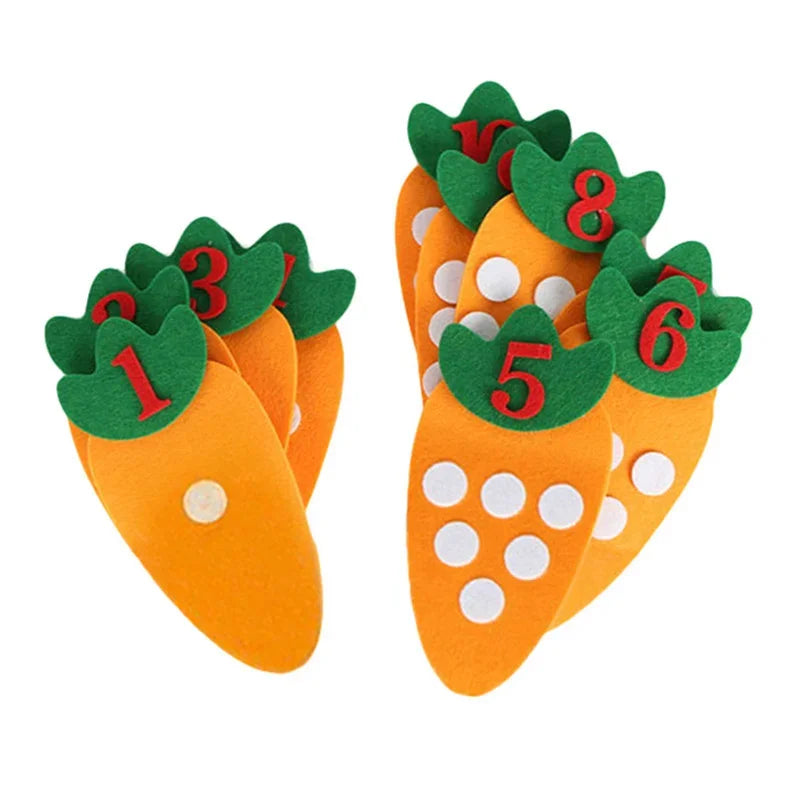
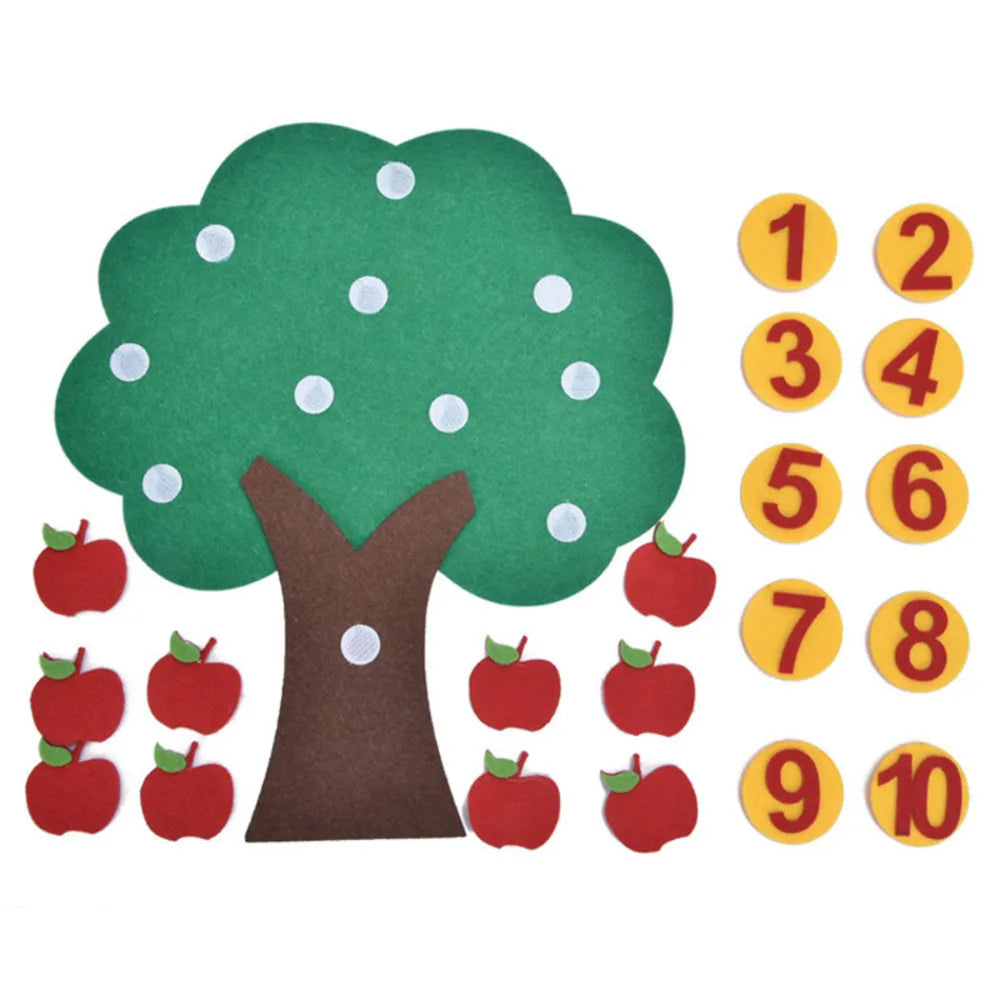
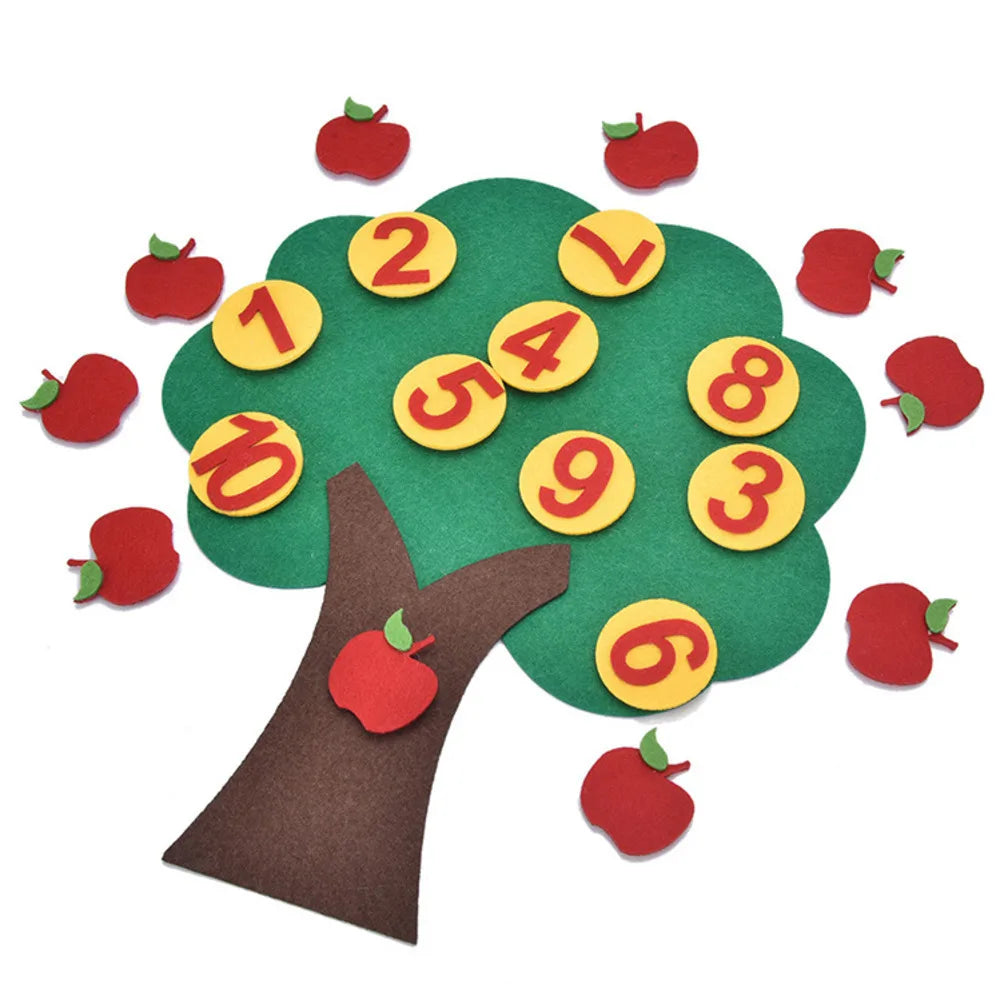
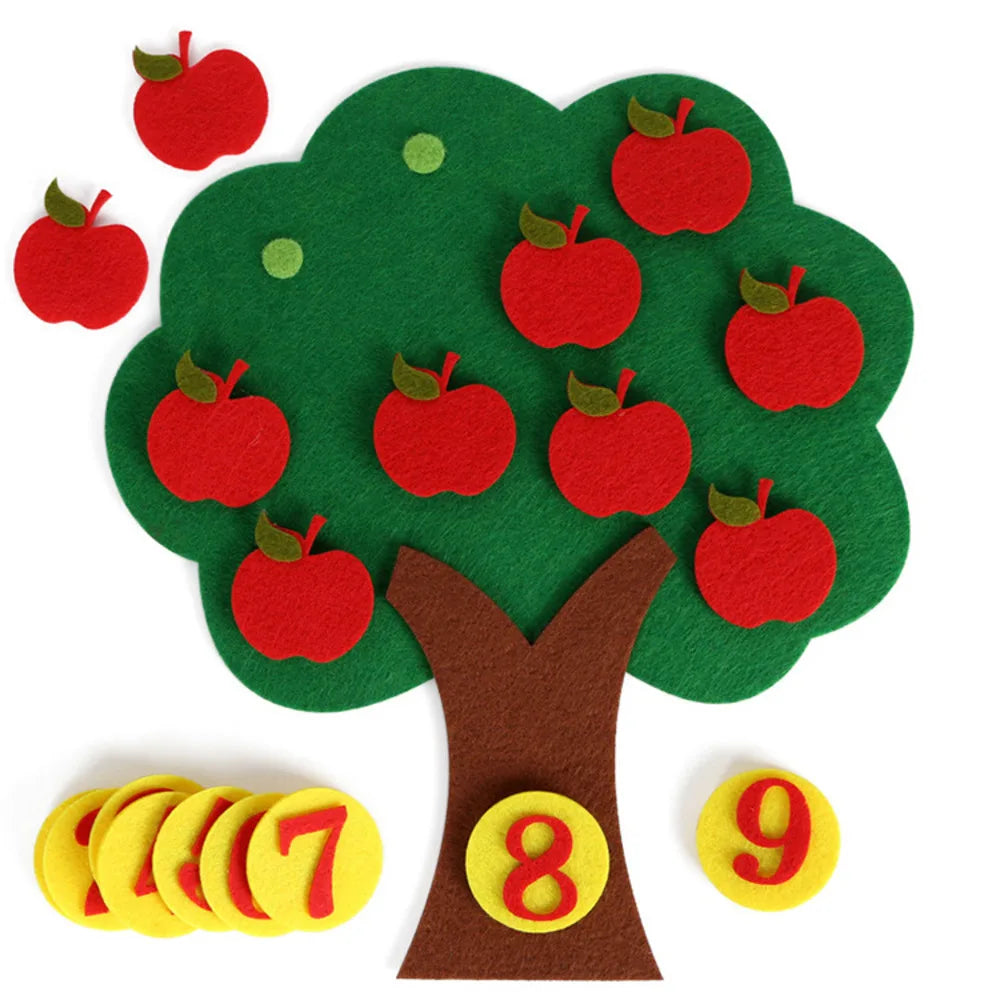
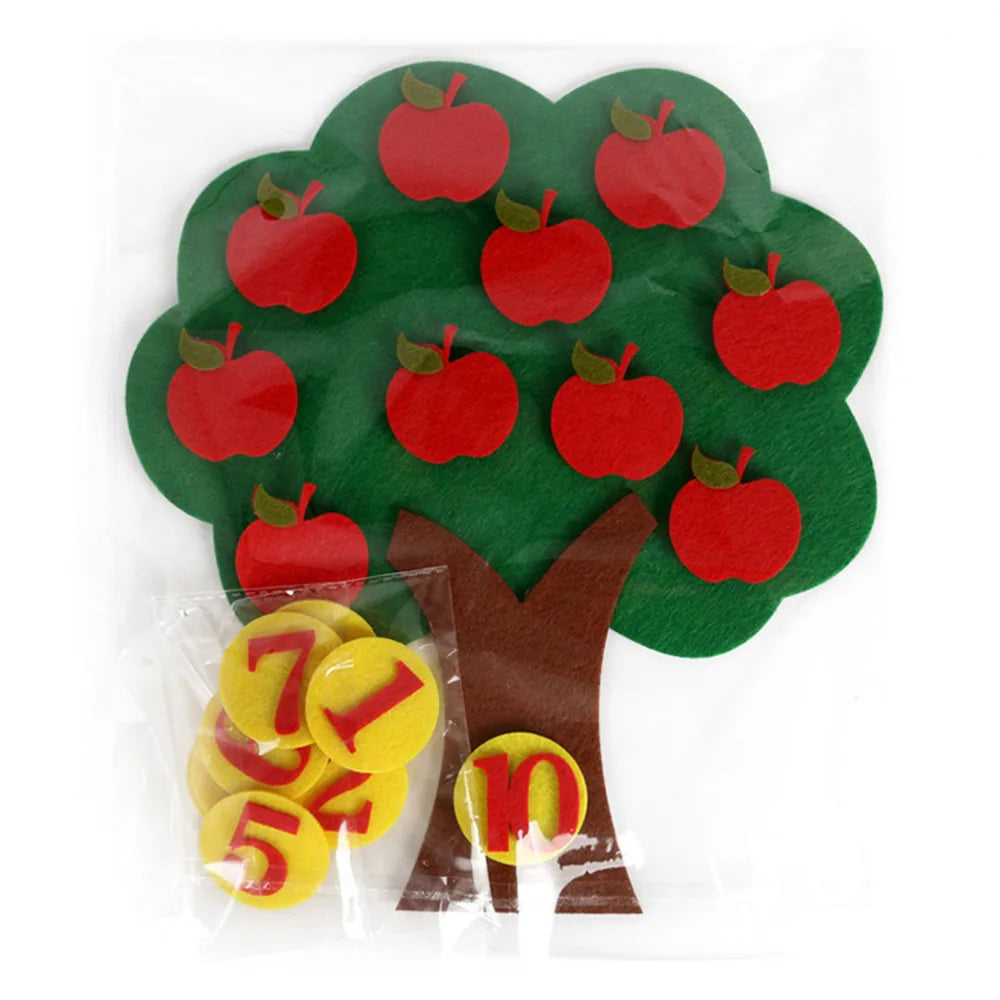
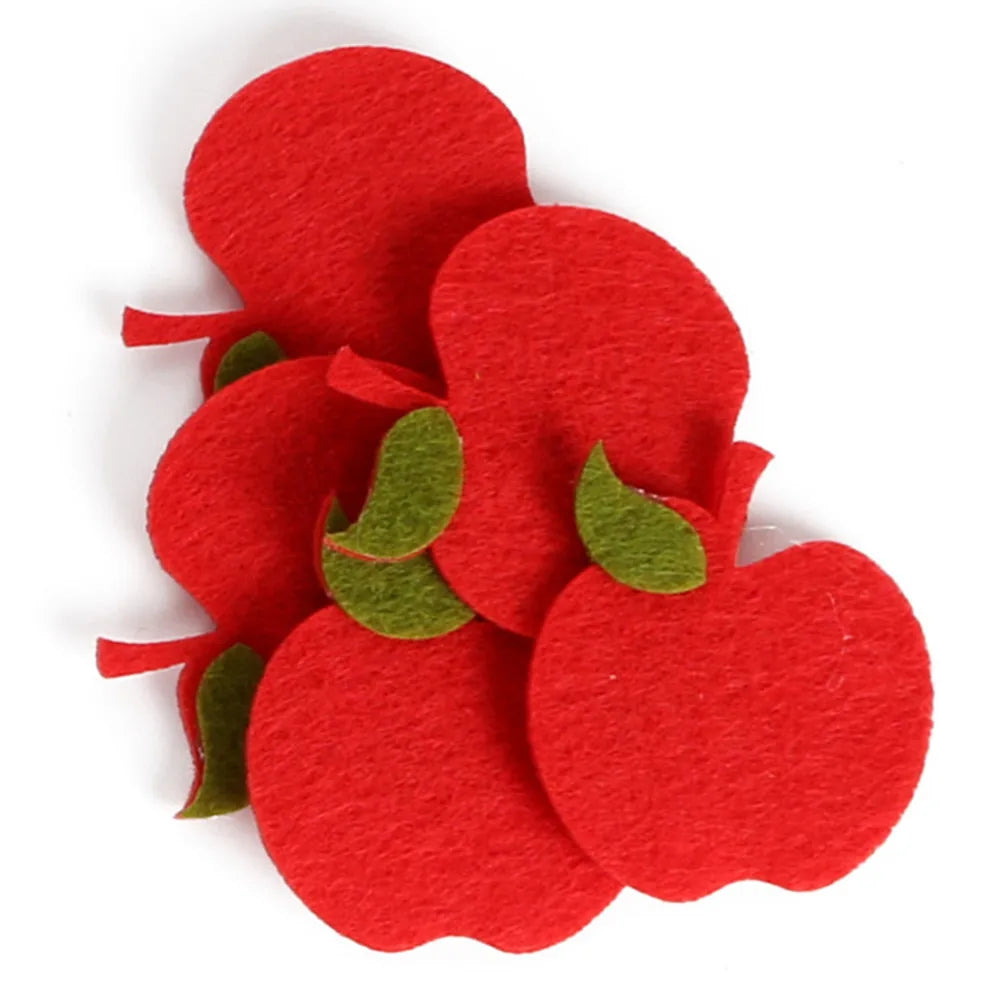
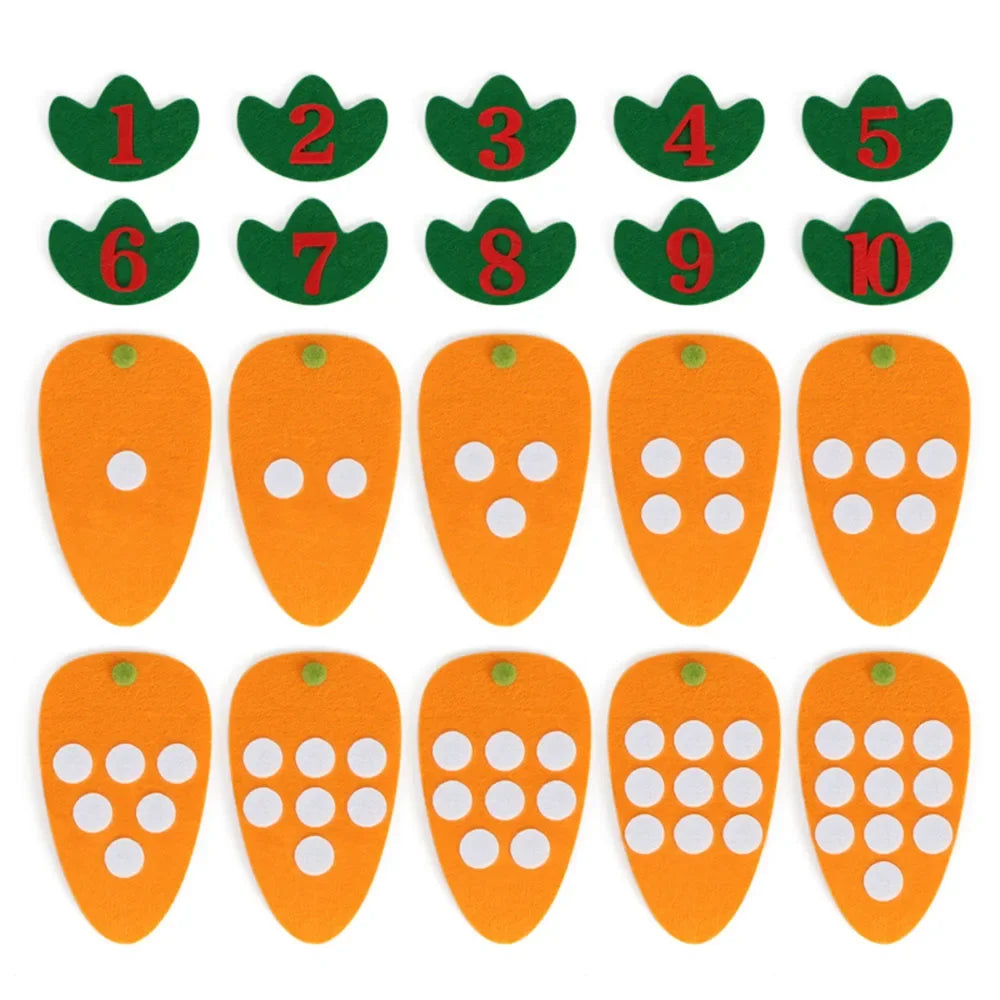
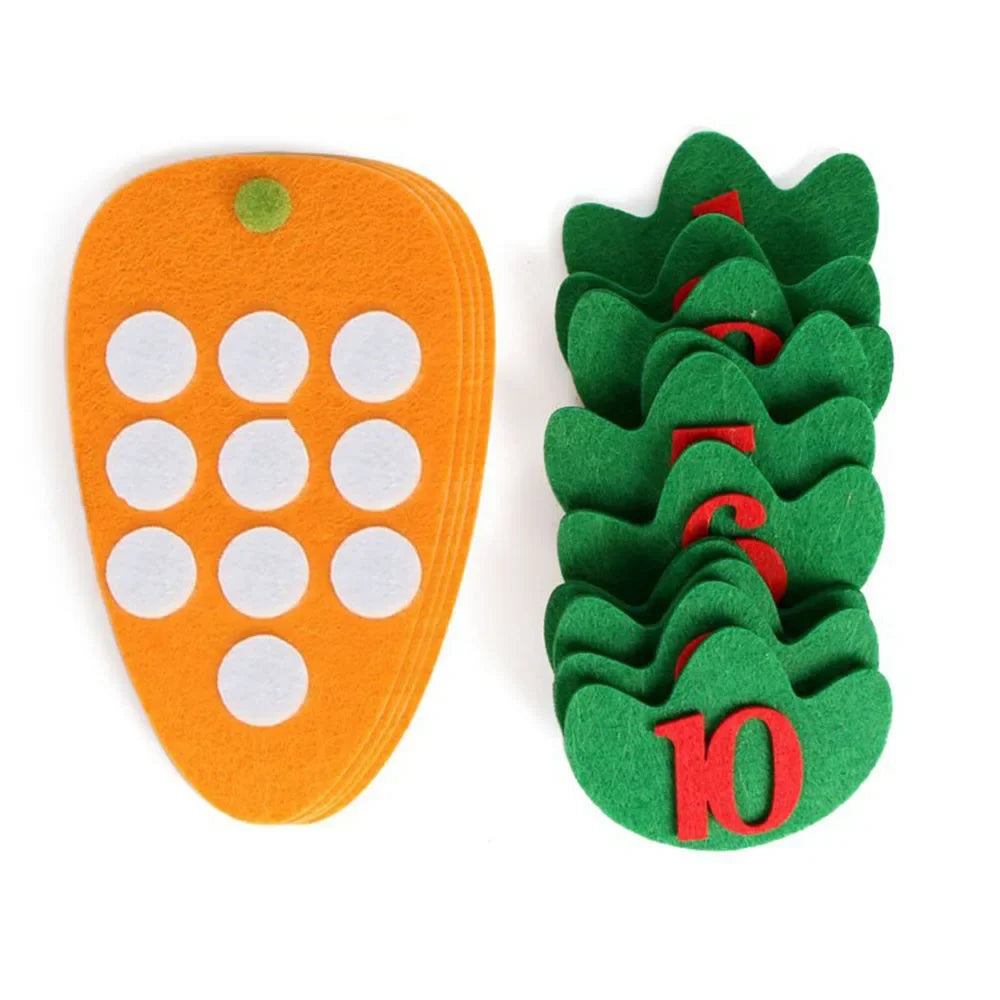
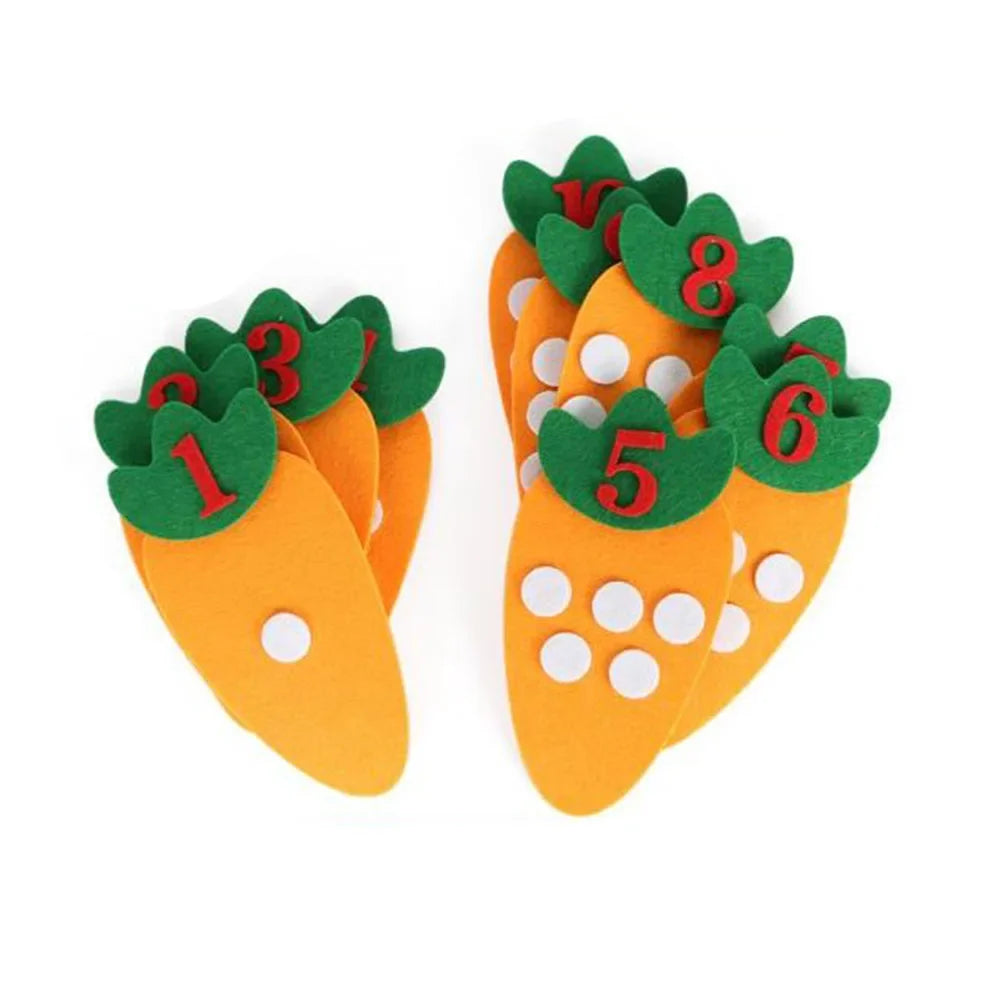
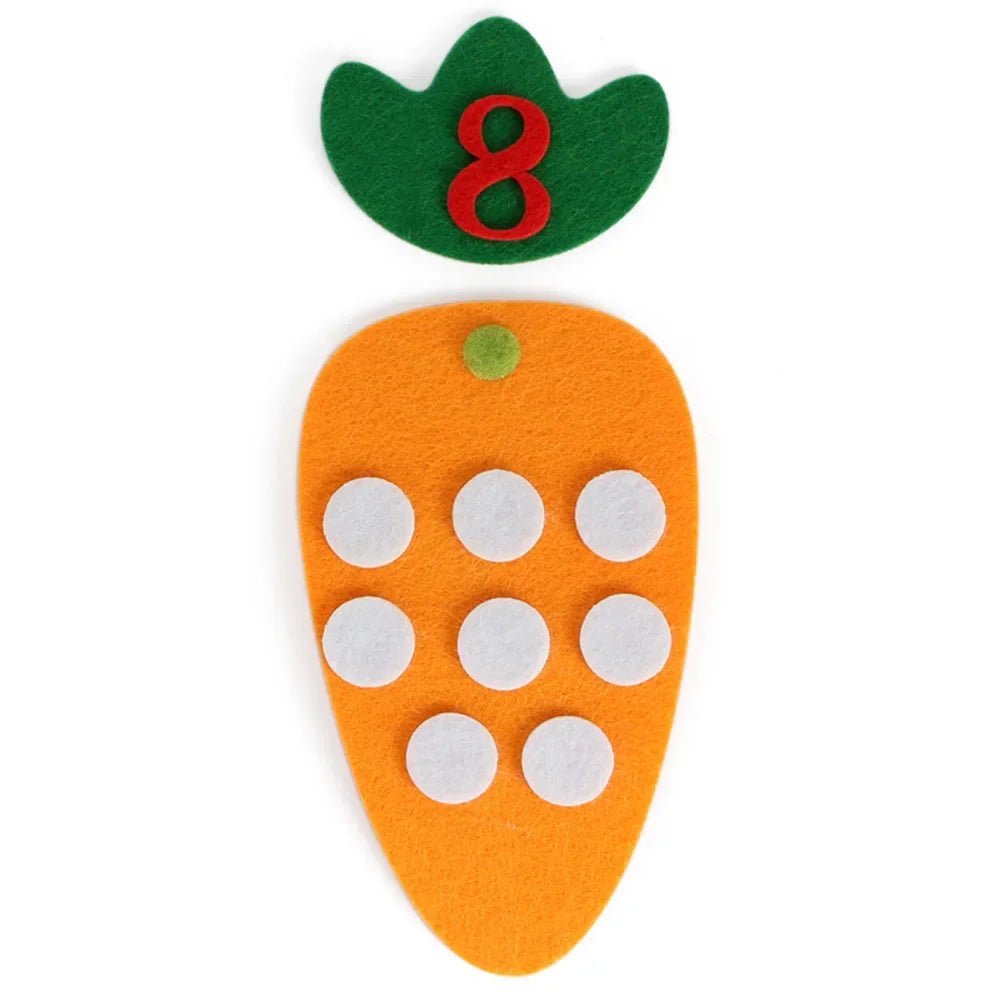
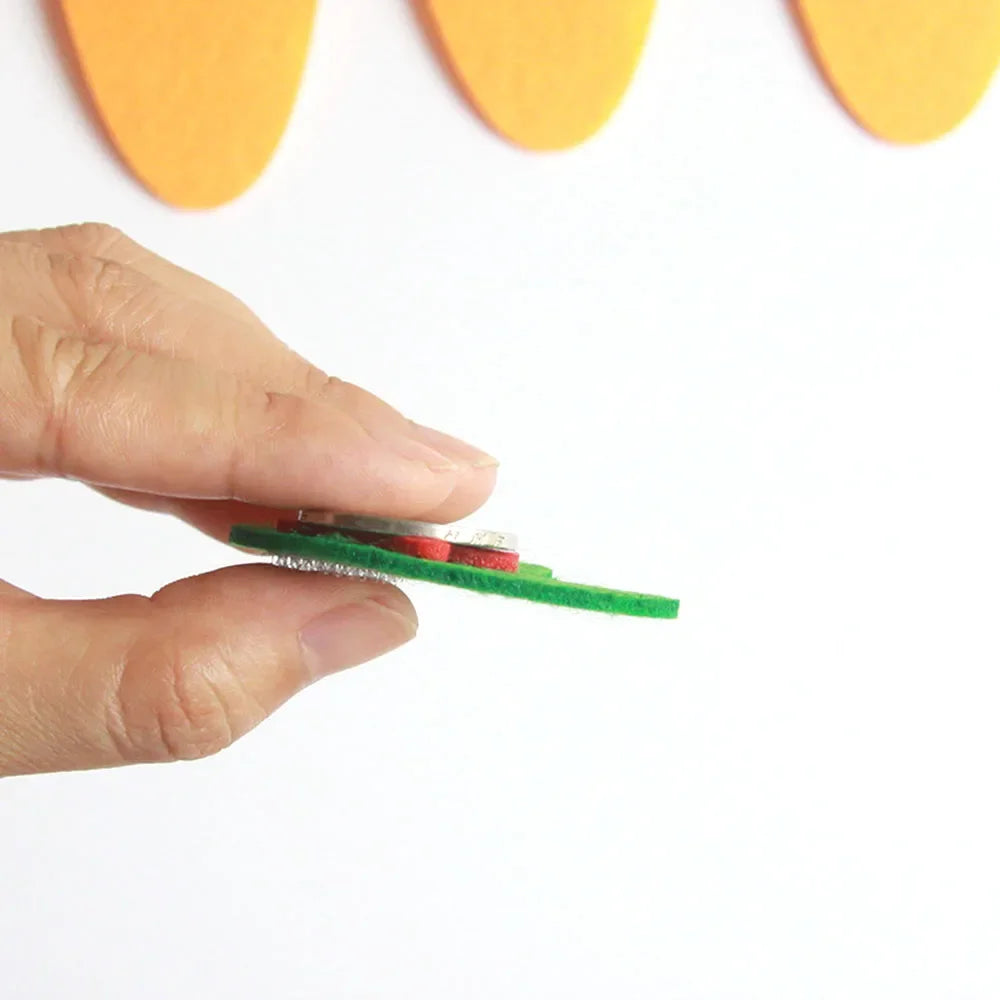
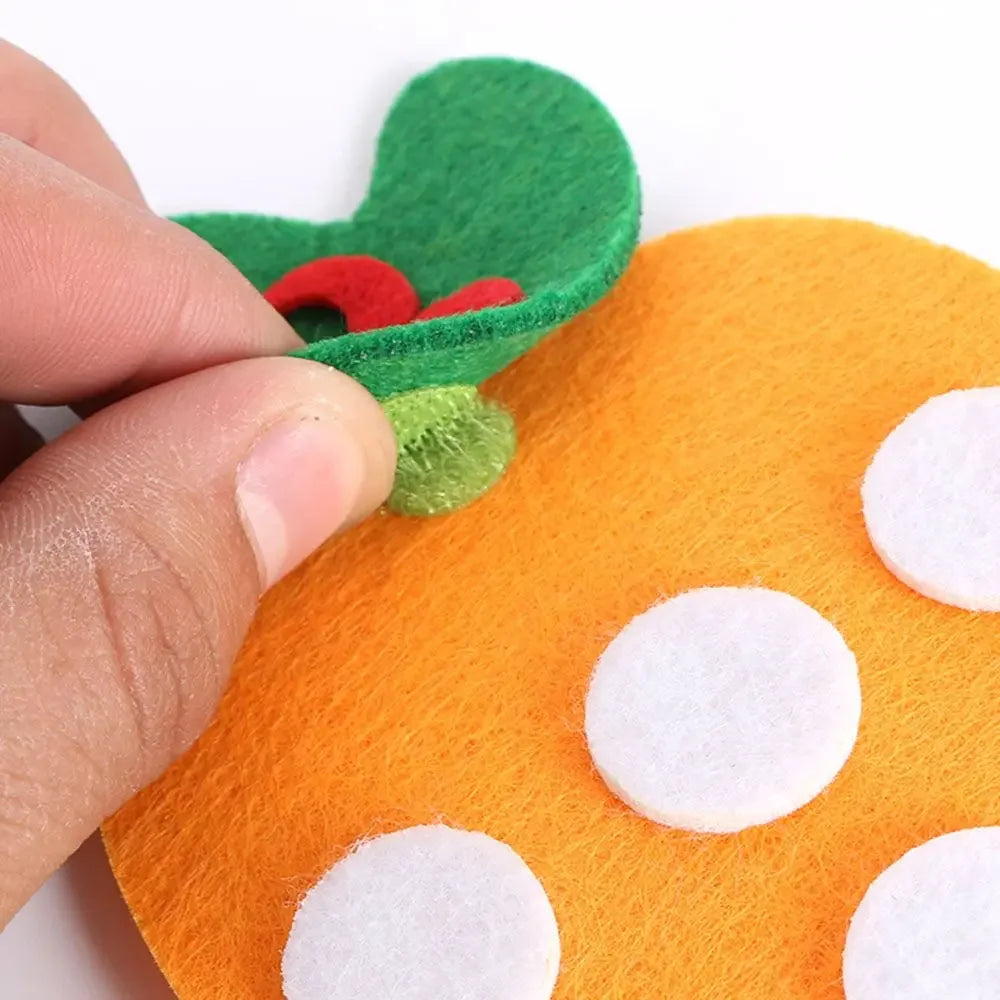


Discover Montessori Math Learning Toys
If you are looking for practical tools that make early math concepts engaging, Montessori math learning toys deliver strong results. These toys are designed to transform abstract numbers into hands-on play that children can grasp quickly. Imagine your child stacking number rods or matching beads to quantities while developing confidence in counting. As a parent or an online seller, positioning these products as essential learning tools can attract buyers who want both education and entertainment in one. Montessori math learning toys prove that effective products can be simple, reliable, and always ready to solve a parent's buying decision.

Why Montessori Math Toys Support Early Learning
Early math learning benefits are not just a slogan; they are the reason parents invest in Montessori toys. When children explore counting beads or number boards, they are not only practicing math but also strengthening focus and problem-solving skills. These toys provide a clear advantage compared to screen-based alternatives. Buyers searching for ways to support their child’s growth will see the value in a tool that builds both knowledge and independence. Highlighting early math learning benefits helps parents make a confident purchase decision without hesitation.

Choose the Right Montessori Math Toy by Age
Parents often ask which toy is best for their child's age, and montessori math toys by age gives a clear answer. A two-year-old may start with simple counting blocks, while a five-year-old benefits more from arithmetic boards. By matching toy difficulty to age, parents ensure steady progress and avoid frustration. Sellers who highlight this age guide on product pages can reduce buyer hesitation and improve conversion rates. Choosing montessori math toys by age keeps the shopping process clear and decisive.

Key Features of Montessori Math Toys
When buyers look at options, wooden math learning tools stand out. Parents trust wood because it is durable, safe, and long lasting. Key features like smooth edges, natural finishes, and clear number markings speak directly to safety and usability. Sellers who showcase these wooden math learning tools with strong visuals and bullet point highlights will win buyer confidence. Remember, features sell when they solve a problem clearly and directly for the parent making the purchase.

Montessori vs. Traditional Math Toys
Many parents compare options, and montessori vs traditional toys is the decision point. Traditional toys may look fun, but Montessori versions focus on skill development and independent play. For example, number rods train logical progression, while traditional plastic toys often entertain without teaching. Emphasizing the difference allows parents to justify paying slightly more for lasting value. For sellers, this comparison builds authority and addresses buyer hesitation before checkout.

What Parents and Teachers Are Saying
Reviews matter. Parent reviews montessori math toys provide direct social proof that converts. Teachers highlight classroom benefits, while parents emphasize home learning wins. Including authentic quotes or aggregated ratings helps new buyers feel secure. In competitive marketplaces, review content builds trust faster than any ad copy. Sellers should position these parent reviews montessori math toys at key points of the page to boost both engagement and conversions.

How to Use Montessori Math Toys Effectively
Parents often buy without guidance, and that is where montessori math activity ideas make the difference. Show how to start with simple counting tasks, then move toward grouping and sequencing games. These clear steps keep children engaged and help parents feel like they are teaching effectively. Sellers who provide montessori math activity ideas in their descriptions build trust and encourage repeat purchases, since buyers know they are getting value beyond the product itself.

Shop Montessori Math Learning Toys Now
Strong calls to action drive results. When you tell buyers to buy montessori math toys, you reduce decision delay. Clear CTAs paired with attractive visuals increase the chance of immediate purchase. Add urgency with limited time offers or free shipping to push buyers toward checkout. Always position 'buy montessori math toys' near images and pricing for maximum effect.

Frequently Asked Questions
Parents have practical concerns before buying. This FAQ montessori math toys section answers them directly. From safety standards to age fit, clarity is the best sales driver. Each answer reduces risk perception and reassures the buyer. Structuring faq montessori math toys content effectively can shorten the sales cycle and increase trust in your brand.
Product Specifications
| Material | Cloth |
| Model Number | Animales y naturaleza |
| Recommend Age | 3-6Y, 6-12Y, 0-3Y |
❓ What age are Montessori math toys suitable for?
Most Montessori math toys are designed for children ages 2–8. Simple counting and sorting toys start around age 2–3, while more complex arithmetic sets can be used through early elementary school.
❓ Are Montessori math toys safe for toddlers?
Yes, reputable Montessori math toys are made from non-toxic, natural materials such as wood or cloth, with smooth edges and child-safe paints.
❓ How do Montessori math toys benefit my child?
They encourage hands-on exploration of numbers, support problem-solving, strengthen fine motor skills, and make abstract math concepts tangible and engaging.
❓ What should I look for when buying Montessori math toys?
Focus on toys that are simple, durable, age-appropriate, and promote interactive play rather than passive observation. Look for materials like counting beads, number rods, and math boards.

LEARNPLAYFUL
We are passionate about creating sustainable toys that blend logic, fun, and lifelong learning. Each piece nurtures curiosity and imagination.
